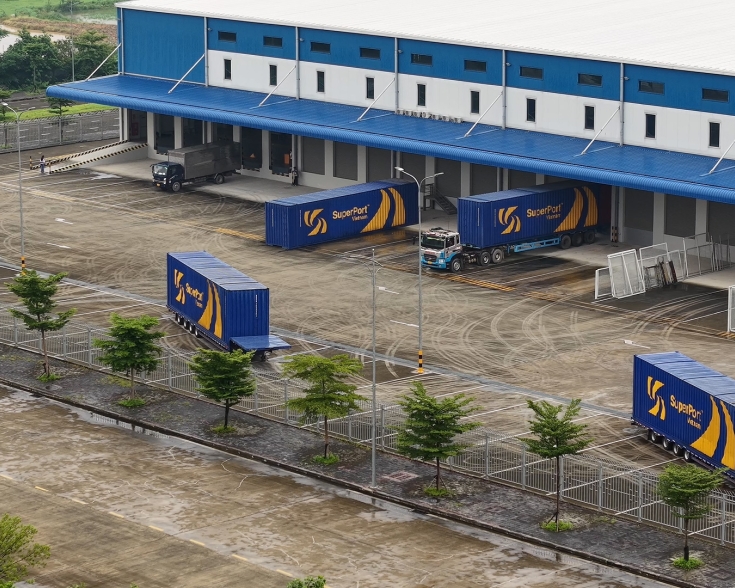ACFTA 3.0 & ATIGA: U.S. Implications as ASEAN upgrades
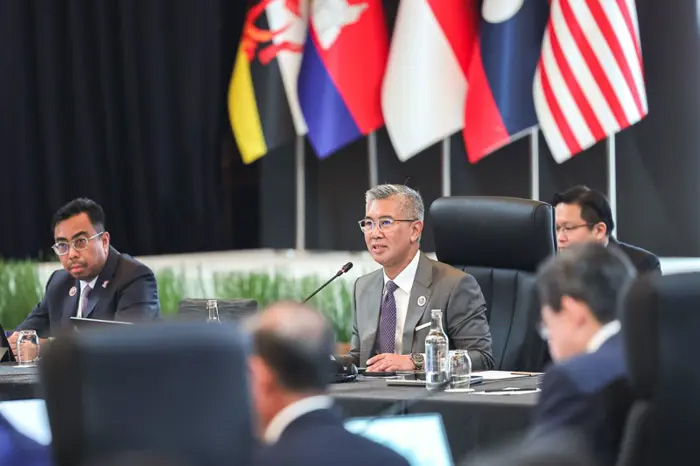
At the 46th ASEAN Summit, the Southeast Asian regional bloc finalized upgradesto the ASEAN-China Free Trade Area (ACFTA) 3.0 and the ASEAN Trade in Goods Agreement (ATIGA), both slated for signing at the 47th Summit in October 2025. As this year’s rotating chair, Malaysia urged ASEAN to diversify its trade partnerships in response to U.S. tariffs. ACFTA 3.0 strengthens ASEAN-China trade by incorporating digital and green economy provisions, while ATIGA’supgrade introduces new regulations to eliminate non-tariff barriers, streamline trade processes, and deepen economic integration across the region. ASEAN also introduced the AEC Strategic Plan 2026-2030, outlining its vision for advancing economic integration, innovation, and sustainability over the next five years. This initiative also contributes to the broader ASEAN Community Vision 2045, supporting the bloc’s long-term goal of fostering a resilient, innovative, and competitive regional economy.
The upgrades to ACFTA 3.0 and ATIGA, coupled with ASEAN’s push for trade diversification, signal a shift in regional economic dynamics that may challenge U.S. companies operating in Southeast Asia. ACFTA 3.0’s strengthened ASEAN-China trade ties could heighten competition, particularly in digital trade and sustainability sectors where ASEAN firms benefit from preferential agreements. Meanwhile, ATIGA’s updated provisions to eliminate non-tariff barriers and streamline trade processes may accelerate intra-ASEAN trade, potentially reducing reliance on external markets and complicating U.S. firms’ regional positioning. Malaysia’s call for ASEAN to expand trade partnerships in response to U.S. tariffs underscores a trade diversification strategy that may prioritize non-U.S. markets. At the same time, the AEC Strategic Plan 2026-2030 will shape regulatory frameworks around innovation and sustainability, requiring U.S. companies to adapt their strategies—whether through partnerships, supply chain shifts, or investment in green and digital technologies—to maintain a competitive foothold.


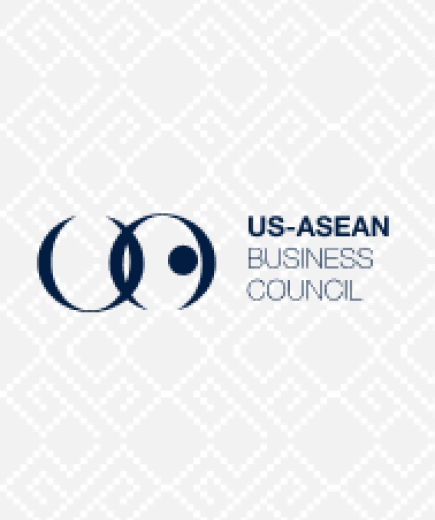

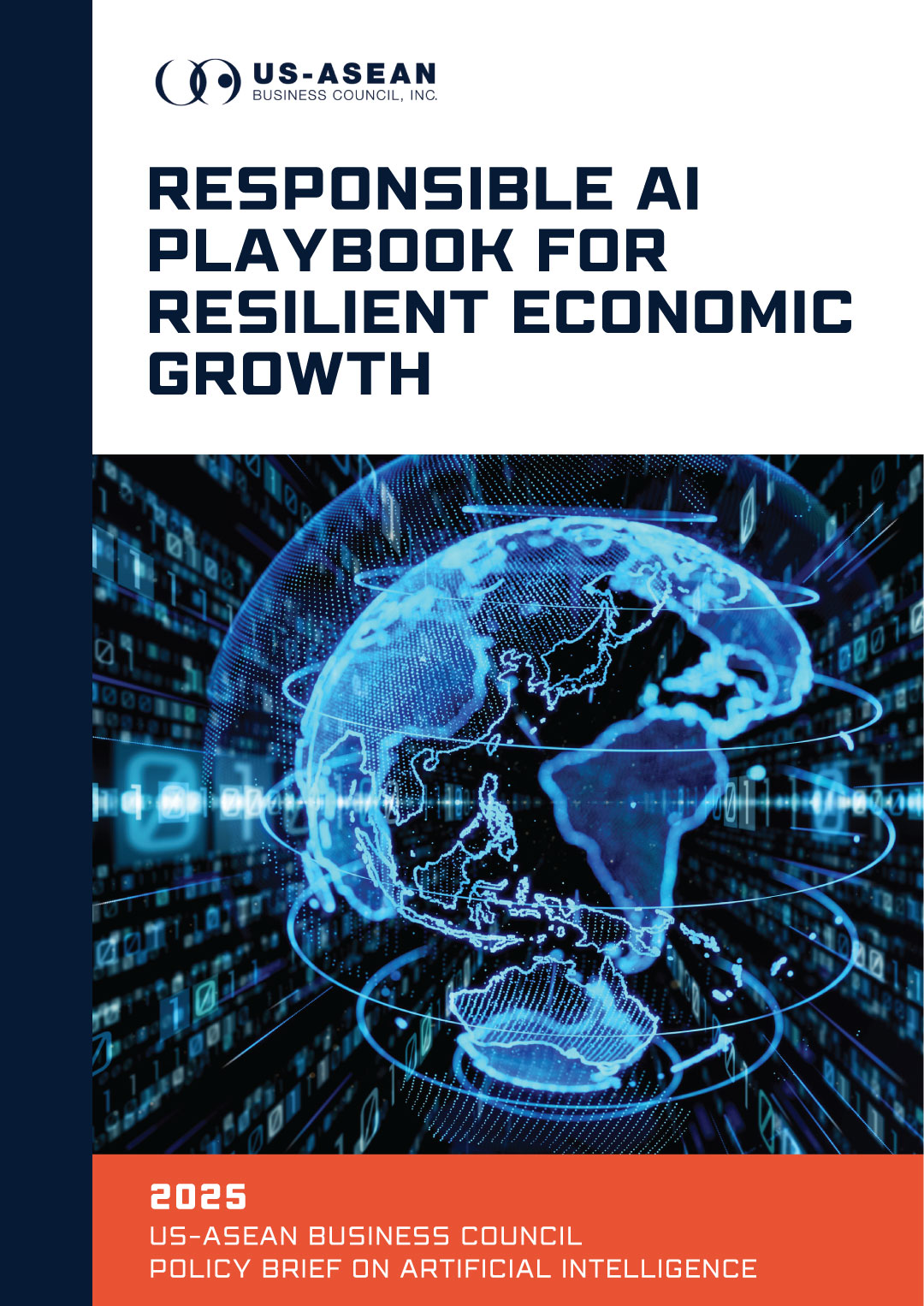
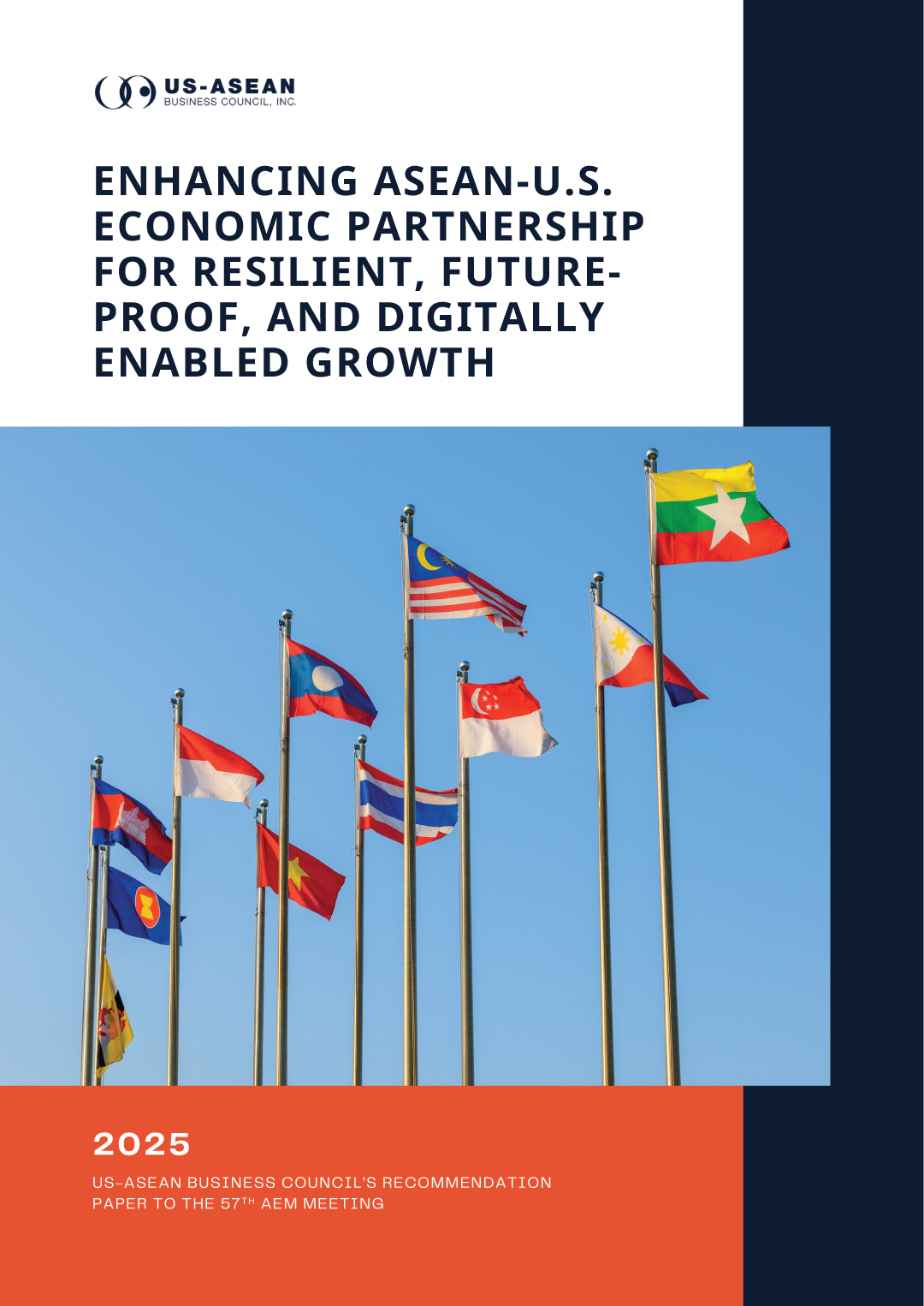
![Cover-[USABC-Final]-Driving-ASEAN-Unity-Malaysia's-Vision-for-2025](/sites/default/files/2025-07/Cover-%5BUSABC-Final%5D-Driving-ASEAN-Unity-Malaysia%27s-Vision-for-2025.jpg)
